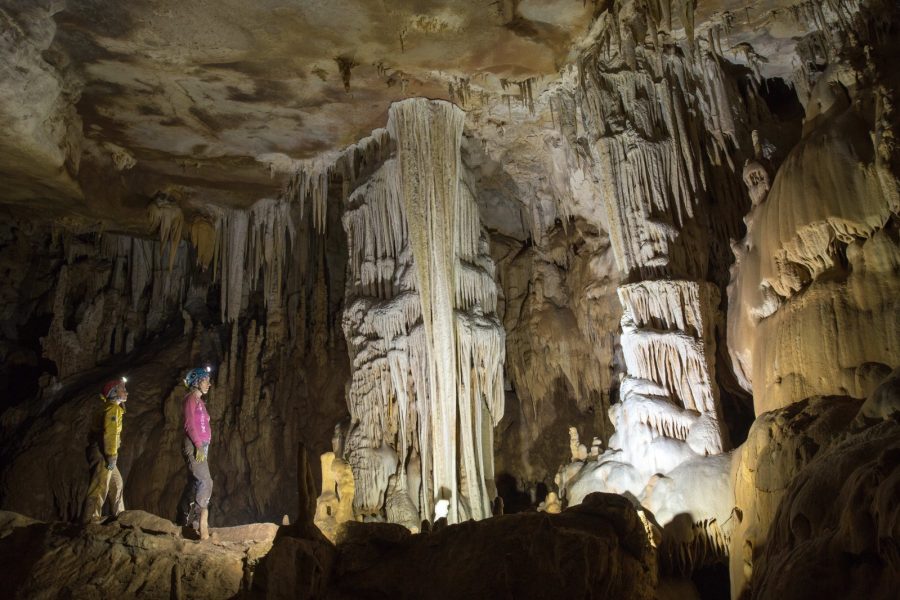
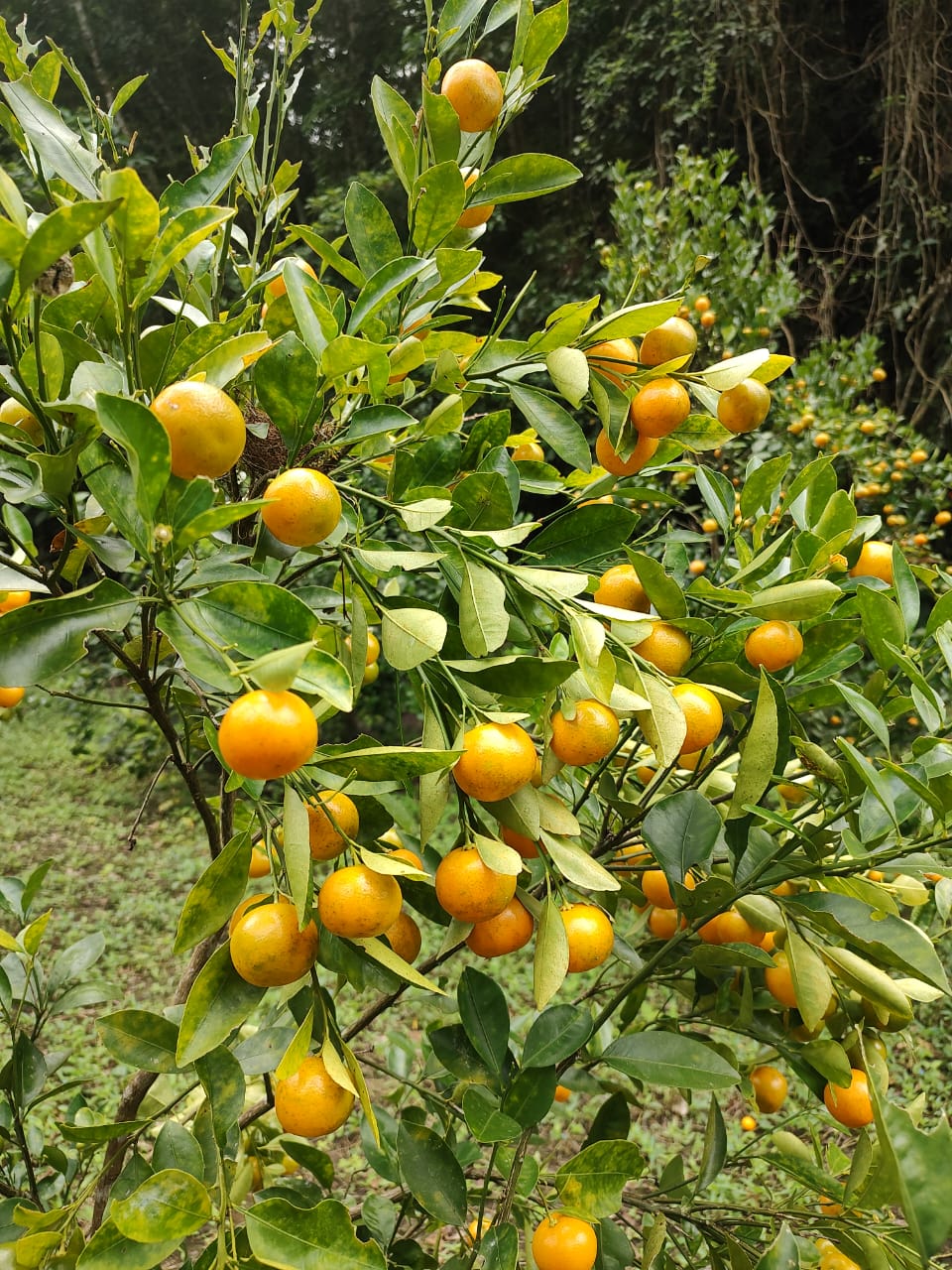
WELCOME TO AGARTHI LODGE
¿Qué es Agarthi?
Agarthi is a natural karst park/reserve located 27 km from Cintalapa, Chiapas. Your name has its origin in the legendary kingdom found deep inside the earth, whose beings They emerged to the surface to give their knowledge to a better man. It has an altitude of 825 meters. Agarthi has the mission of conserving the 23 hectares that comprise it and promoting the Zoque culture and the investigation of the practically unknown underground world that Chiapas has.
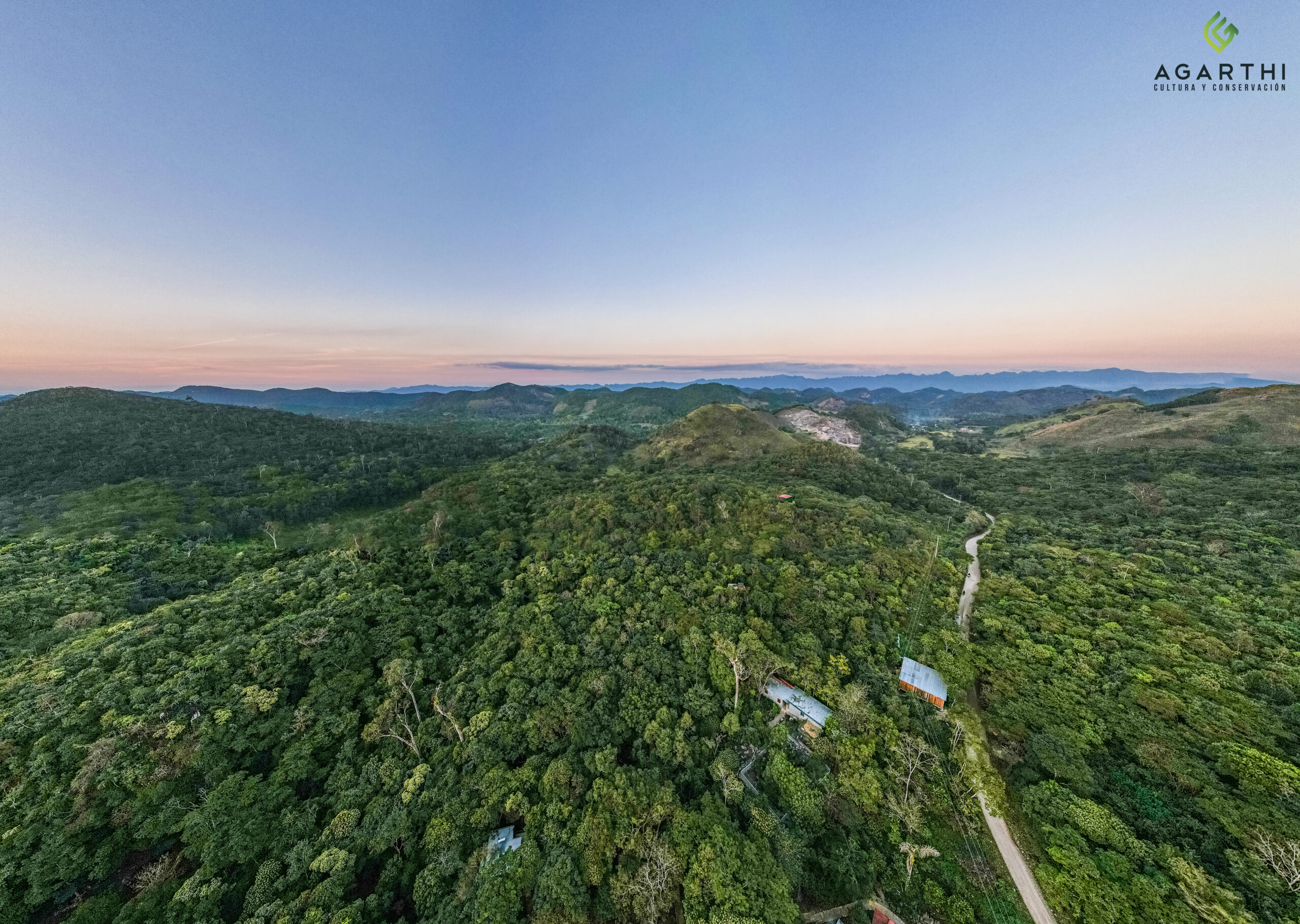
Mirador de Agarthi Agarthi
The tropical landscape of Agarthi is dominated by cone-shaped limestone hills, walls and large stones, characteristic of the karstic phenomenon. Beneath the surface lie extensive interconnected cave systems, which are explored by cavers and also accessible to visitors to Agarthi. The climate of the region, together with the folded and fractured limestone rocks, favors karst aggression, where rainwater, enriched with organic acids, easily dissolves the rock and infiltrates into the subsoil, forming a dense network of fractures and creating a landscape of residual hills.
Agarthi is part of an important reserve threatened by human activities. This rainforest is essential for life on Earth, providing air, water, food, medicine and shelter to numerous species. In addition, it acts as a natural defense against climate change by absorbing greenhouse gases. From the viewpoint, you can contemplate the beautiful landscape of the karst jungle and understand the impact of human activities on a fragile environment. It is essential to reflect on the search for a sustainable path that allows life and human development without destroying our common home.

La rica fauna de Agarthi: un tesoro de biodiversidad en la selva tropical del Sureste de México
In Agarthi we have a representative sample of the fauna of the tropical jungle of Southeast Mexico: its high biodiversity is due to the exuberant vegetation, its rugged orography, the climate and the paleo-geological history of the region. It is part of a complex and extensive forest area that extends from the Chimalapas area in Oaxaca and Uxpanapa in Veracruz to the El Ocote and La Sepultura Forests in Chiapas, known as a whole as the Zoque Forest.

Among the species of animals that we can find in the jungles of Agarthi is a great variety of birds such as the Canoe-billed Toucan(Ramphastos sulfuratus), the Green Tucancillo (Aulacorhynchus prasinus), Titiras (Pachyramphus aglaiae), the White-winged Dove (Zenaida asiatica) y Paloma Morada (Patagioenas flavirostris), Montezuma's Oriole (Psarocolius montezuma), el Cuclillo Canelo (Piaya cayanaA wide variety of hummingbirds come to drink the flowers of citrus and coffee trees, contributing to their pollination. During twilight and at night, it is possible to hear the hooting of the Bajeño Tecolotito (Glaucidium brasilianum) and the Brown Owl (Ciccaba virgata), while, from the top of our viewpoint it is possible to observe some birds of prey such as the Red-tailed Eagle (Buteo jamaicensis), the Walking Eagle (Rupornis magnirostris) and with a little luck we will be able to see the King Vulture fly over (Sarcoramphus papa), in addition to listening to the calls of the Guaco Falcon (Herpetotheres cachinnans).
The region's caves also serve as shelter and habitat for various animals. Bats of different species are guardians of these environments; Most of them are frugivorous and insectivorous animals, which provide countless ecosystem services by dispersing the seeds of the plants they feed on, pollinating the flowers of various plant species, as well as consuming tons of harmful insects. Phrynus perrii.

un oasis de diversidad en las selvas tropicales de Chiapas
The vegetation of Chiapas is one of the most exuberant in Southeast Mexico: hundreds of plant species congregate, meet and coexist in the different types of vegetation found in the state. Among these, those that stand out for being the most diverse are the tropical forests, particularly the High and Medium Evergreen and Subevergreen Forests, which are those distributed in the El Ocote Forest area and in Agarthi.
Within the Agarthi jungle we can find species of trees such as cedar (Cedrela odorata), the mythical ceiba (Ceiba pentandra), the Mujú (Brosimum alicastrum), Jobo (Spondias mombin), Figs (Ficus sp), Baqueta trees (Ulmus mexicana), Cork (Heliocarpus appendiculatus), Pepper (Pimenta dioica), May Flower (Plumeria rubra), among others. In the understory, shrubs and herbs develop that grow on scarce soil or rocky substrate alike: among them the Chichón palm stands out (Astrocaryum mexicanum), the guarumbo (Cecropia obtusifolia), as well as the stinging chaya (Cnidoscolus aconitifolius) also known as “bad woman.” The platanillos also stand out (Heliconia sp.), especially when they bloom because they attract many hummingbirds.
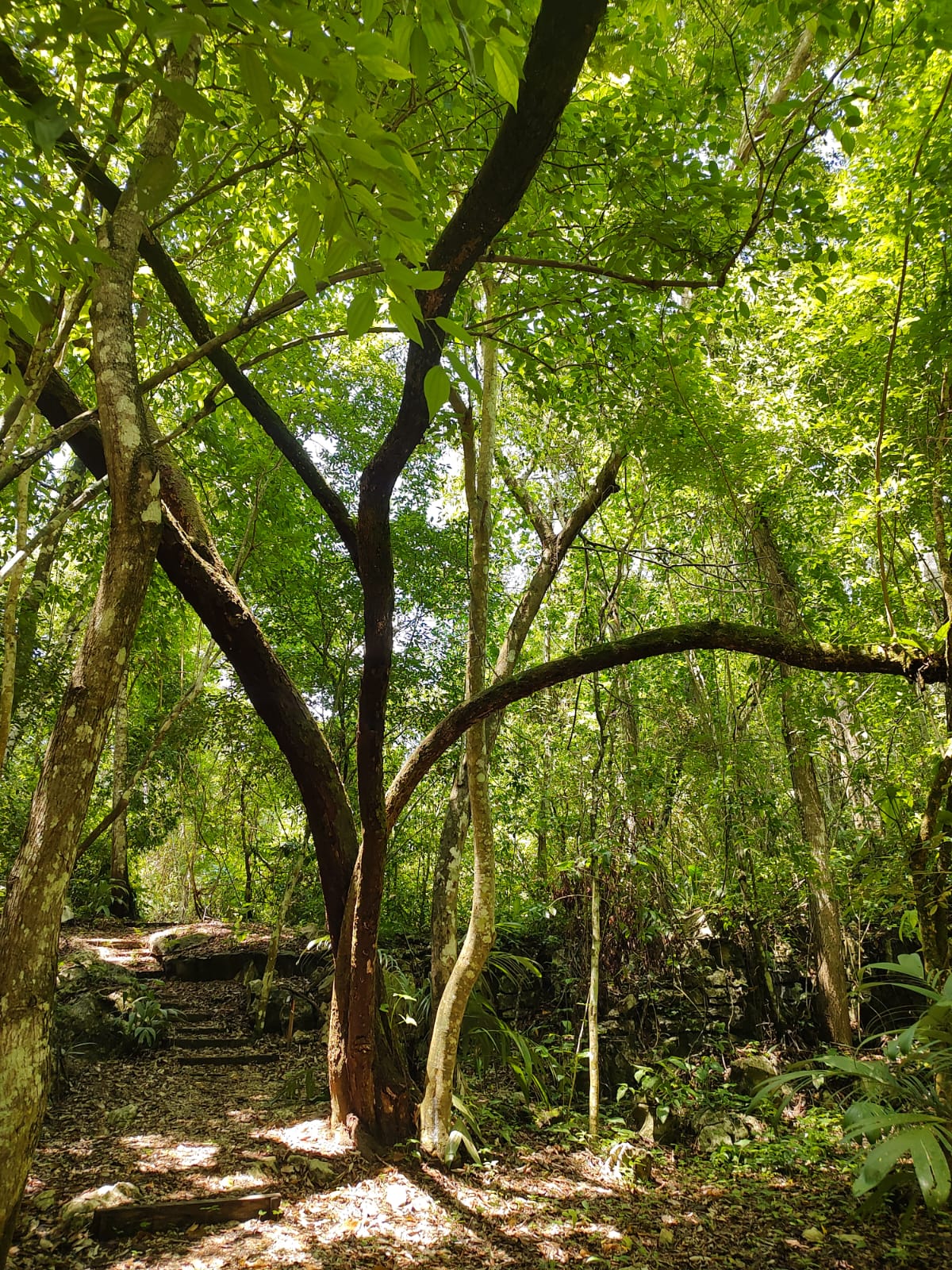
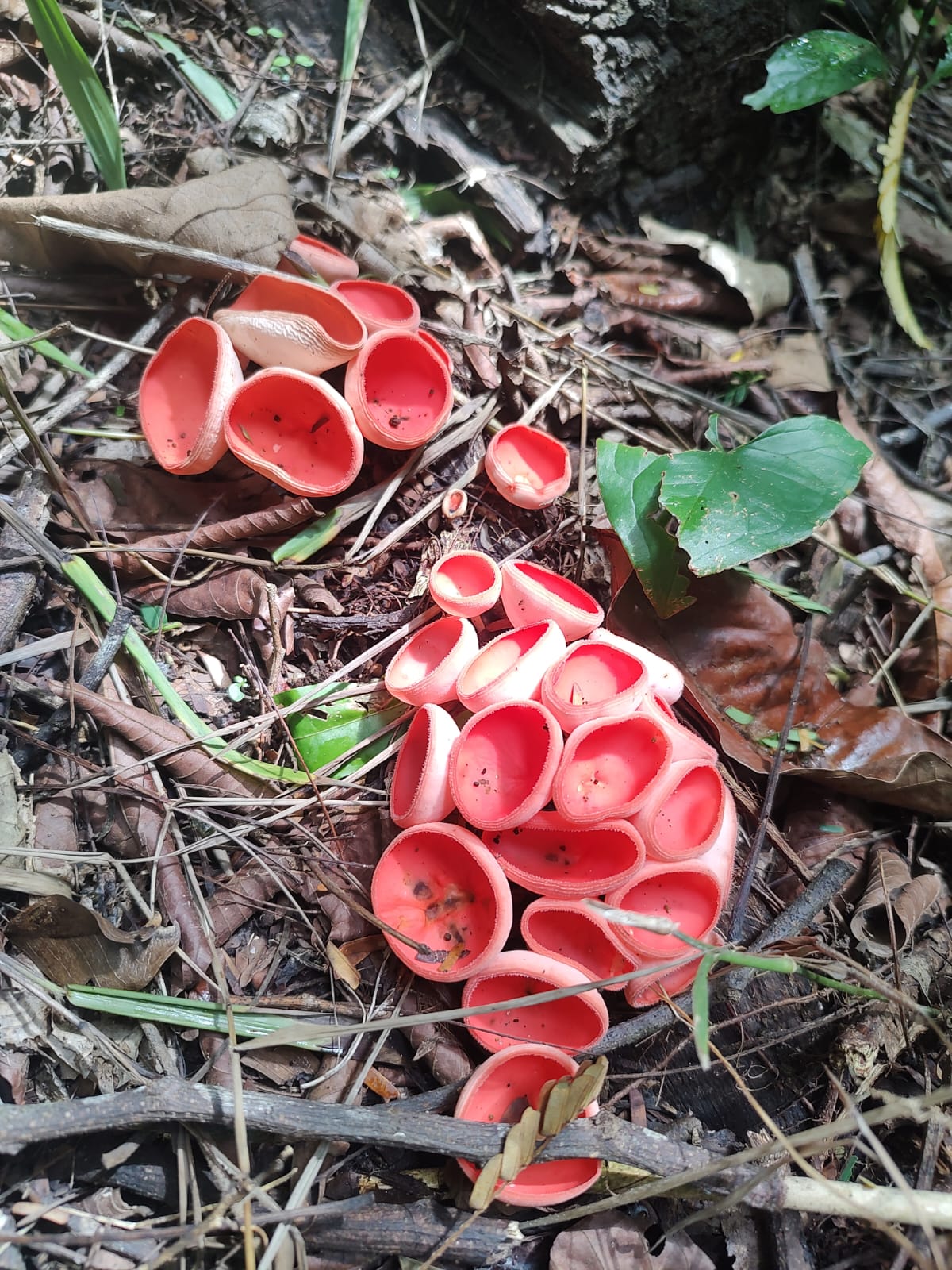
It is worth highlighting the presence of some cycads (Ceratozamia The rocky walls of some cliffs are covered with numerous araceae vines, ferns, palms and many other climbing plants. In the summer months, numerous orchids stand out for their flowering, some very abundant such as those of the genus Oncidium sp. and the “pulpits” (Prosthechea cochleata), among many other species that perfume the environment of the Agarthi rainforest.
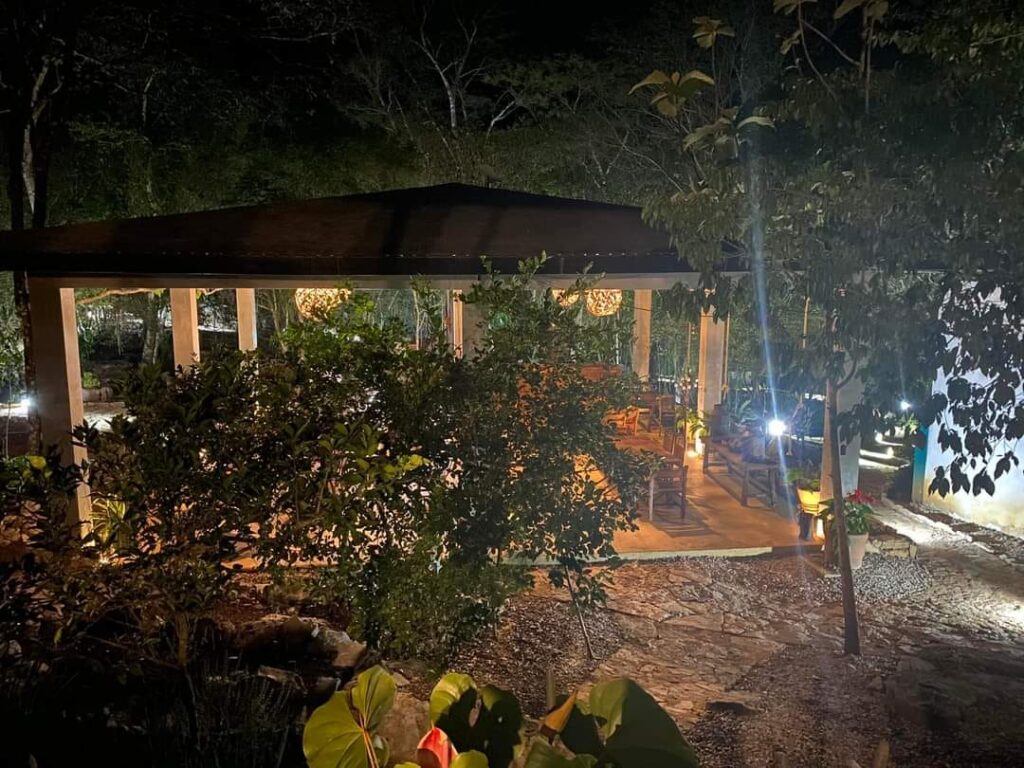
Restaurant Morera
Our “morera” restaurant is located in the middle of a space surrounded by nature without walls or doors or windows, allowing nature to penetrate all the senses of our visitors, to look at the profusion of nature, to touch and acquire the vegetables from the garden, to feel the aromas and flavors of our organic garden.
UNA EXPERIENCIA GASTRONÓMICA EN ARMONÍA CON LA NATURALEZA
Restaurant Morera
EL MUNDO SUBTERRANEO DE AGARTHI
Beneath the surface of Agarthi lie many caves, some known and others yet to be explored. They normally develop on 3 different levels: one high and totally dry, the oldest; another medium one where water can flow during the rainy season and the third deep one, completely submerged.
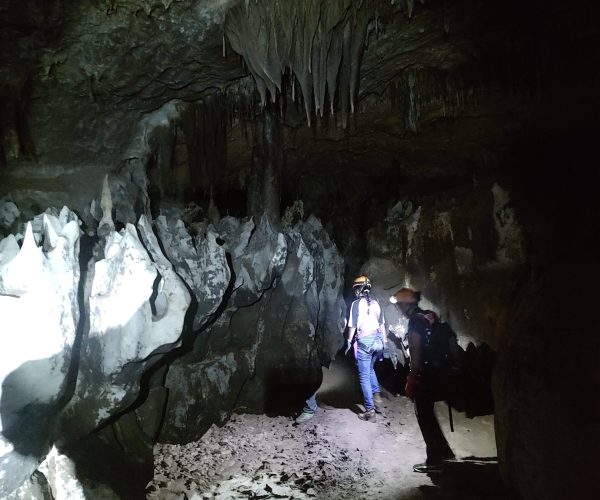
Caves filled with water can be explored only with caving diving techniques, as occurs in the Yucatan Peninsula in the cenotes.
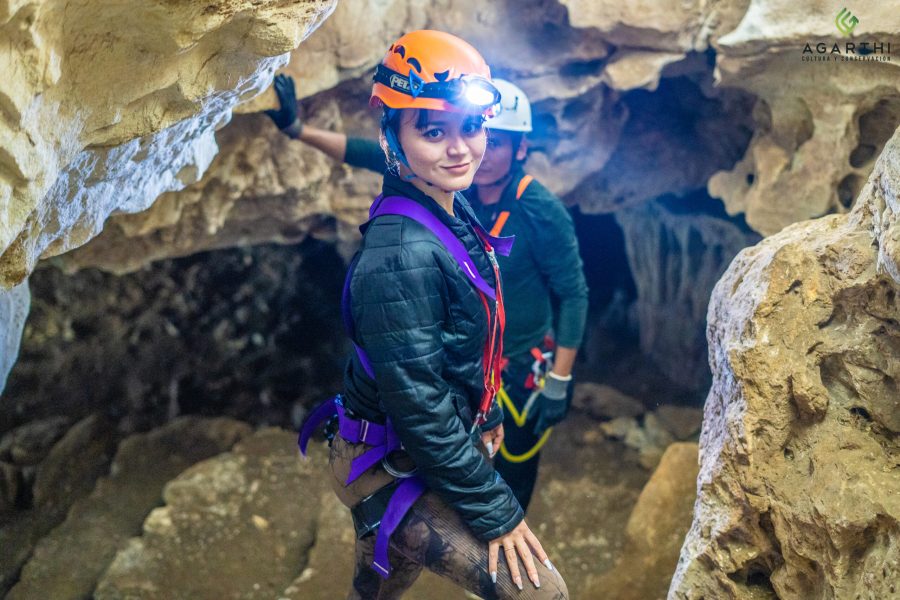
We have the right equipment and trained personnel for your underground adventure.
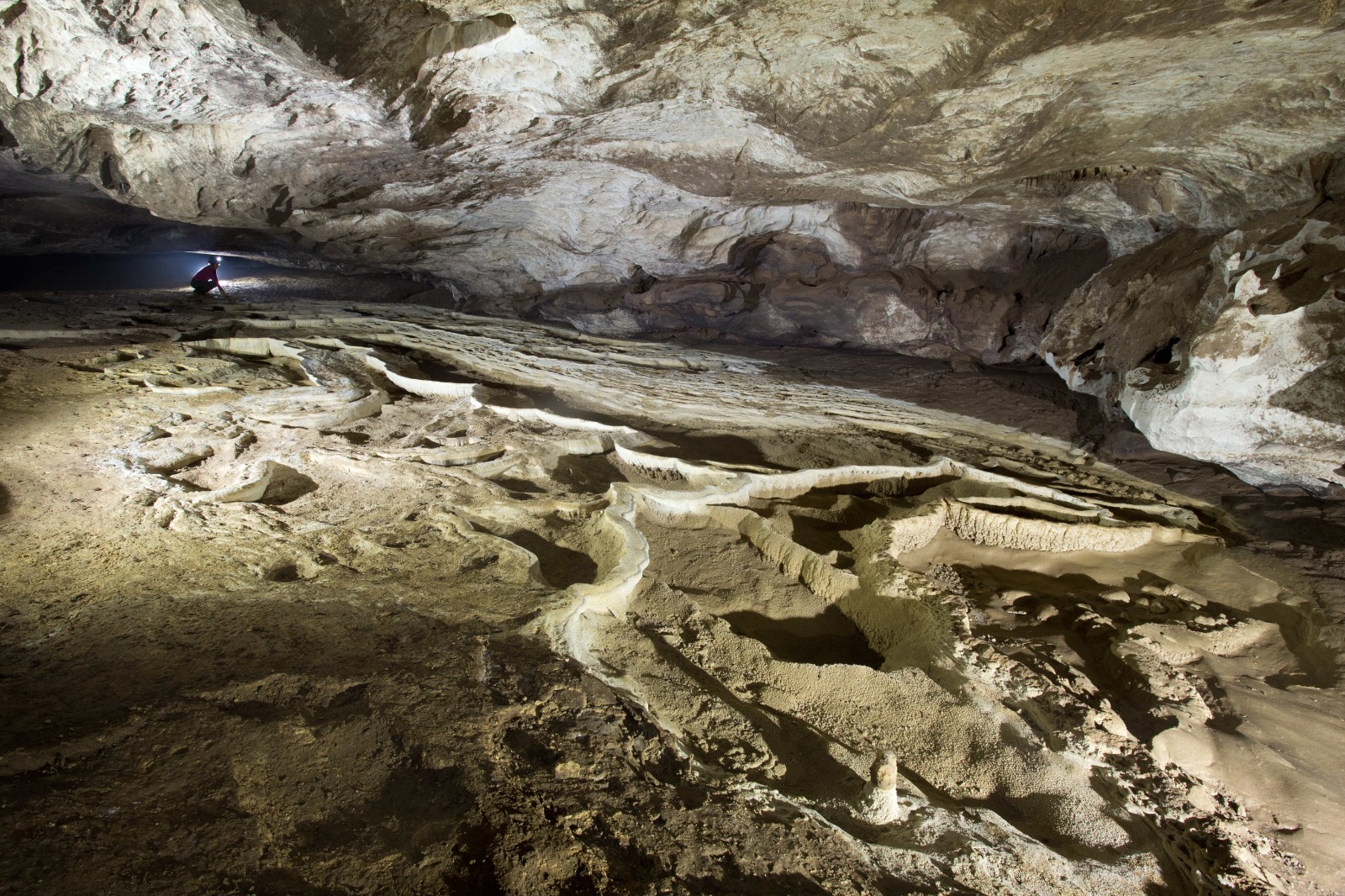
In Agarthi you can partly visit the Cuevas del Naranjo, the Cueva Blanca, as well as the Sima Escondida. Currently they extend for more than 3 km.
